Inevitably, after Scottish Cup first round weekend, the performance of Breedon Highland League clubs has sparked debate.
This season, six of the division’s 18 clubs reached round two of the national tournament.
With more teams from the likes of the West of Scotland and East of Scotland Leagues gaining Scottish FA licenses and eligibility to play in the Scottish Cup, some feel it’s becoming harder for Highland League sides to compete.
Meanwhile, others will say north clubs have underperformed.
Andy Low played in the Scottish Cup with Buckie Thistle, Inverurie Locos and Huntly and also managed Locos in the competition.
He believes the increasing strength of leagues in the central belt is making it harder for north clubs.
Southern sides have big catchment area
Low said: “Over the last two or three years, I think the quality of player coming into the Highland League has improved for a variety of reasons.
“But the same seems to be happening in the Glasgow area where’s there’s a big catchment area and teams are attracting players that could be playing in the Scottish Leagues.
“So these teams are probably stronger with players playing for them rather than in the Scottish League.
“When Inverurie played Broxburn Athletic (East of Scotland League Premier Division) three years ago, I went to watch them and I was a bit surprised because I came away thinking they would be top seven or top eight in the Highland League.
“Once you do a bit of digging on some of these sides, you find they’re strong and they have a big catchment area.
“It’s very competitive and it’s tough for the Highland League because our catchment area isn’t quite as big.”
Stats breakdown
Looking at the numbers since the Scottish Cup was opened up to more clubs in 2007-08, they show the Highland League teams’ performance this season – with exactly a third of teams getting through – is below average.
The high watermark for the Highland League in the last 15 years was 2012-13 when 10 of the 13 clubs (76%) who competed in the first round won their ties.
Another good campaign was 2015-16 when 11 of the 16 teams (68%) in the first round progressed.
It perhaps says something about the growing strength of other leagues that since that season only once has the Highland League had an opening round success rate of 50% or better.
That was in season 2020-21 when – due to a rejigged format – seven of the 14 sides who entered the competition at the second preliminary round stage got through.
The worst first round performance from the Highland League was in 2018-19 when just four out of 16 (25%) won their ties.
In 2016-17, five out of 16 (31%) reached round two.
In 2017-18 and 2019-20, seven out of 16 (43%) made it through, while last term seven out of 18 (38%) progressed.
Looking further back in 2013-14, eight out of 15 clubs (53%) in the first round made it through with eight out of 13 (61%) progressing in 2008-09, 2009-10 and 2011-12.
In 2007-08, five out of 13 (38%) got through, while six from 15 (40%) won in the first round in 2014-15, with five out of 12 (41%) overcoming the first hurdle in 2010-11.
Since the Scottish Cup was opened up in 2007, the average success rate for Highland League clubs in the first round of the Scottish Cup is 47%.
However, this is the 16th season and in the first eight campaigns, the first round success rate was 53%, whereas in the last eight it has been 41%.
The stats, although they don’t tell the full story, would suggest it’s becoming harder for Highland League clubs in the Scottish Cup.
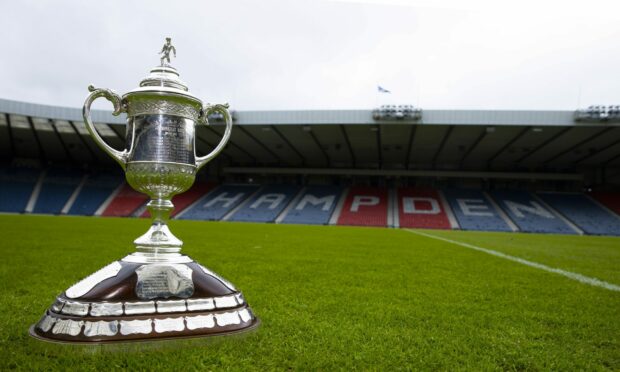
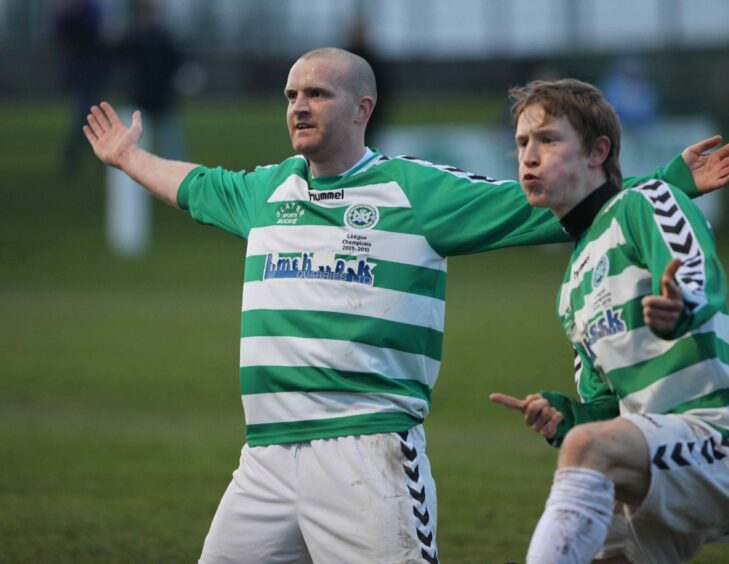
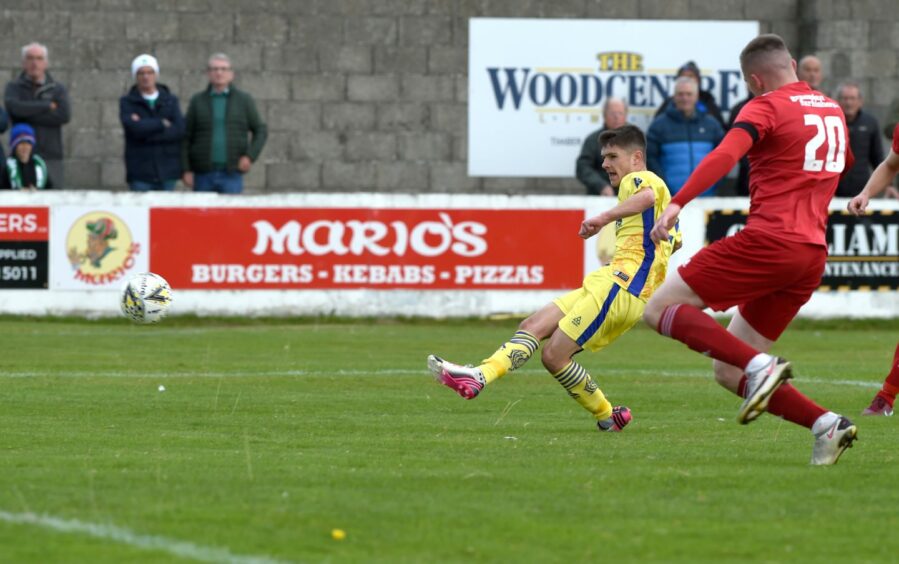
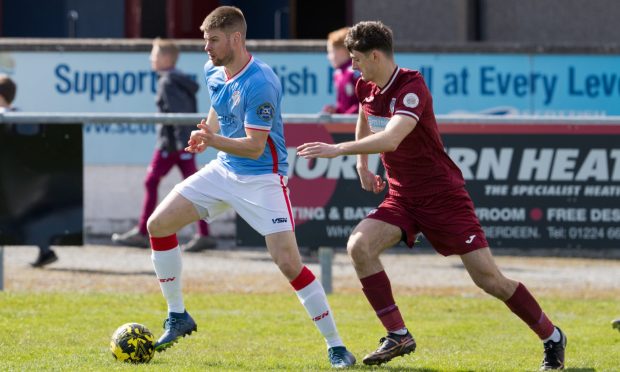
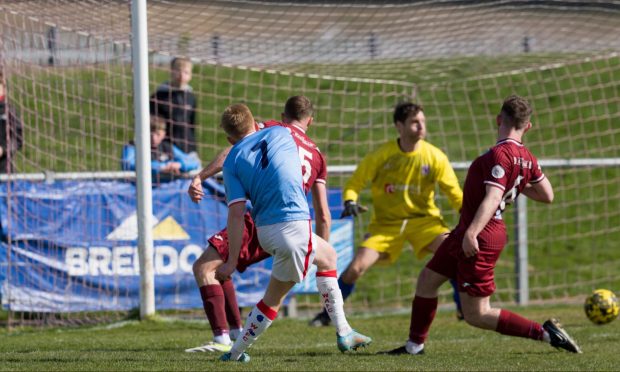


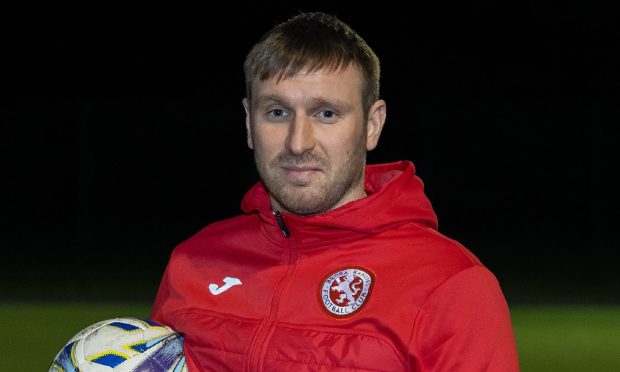



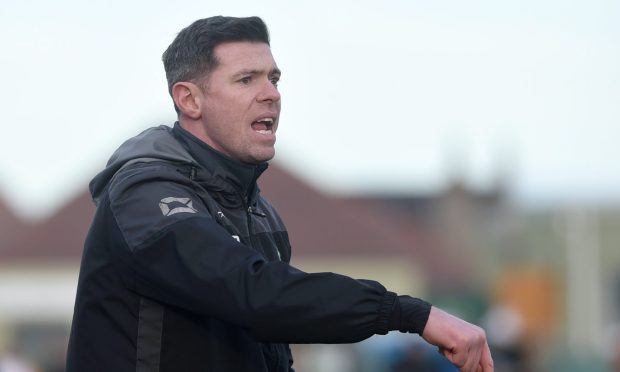
Conversation